Do you know that just 15 minutes of morning exercise can dramatically boost a teen’s academic performance, mood, and self-esteem? It’s true—and yet many teens skip morning movement altogether, trading physical vitality for a few extra minutes of sleep. But what if those first minutes of the day held the secret to sharper focus, better mental health, and unshakable confidence?
Welcome to your teen’s new morning routine: not just a way to get fit, but a foundation for thriving in school, sports, and life.
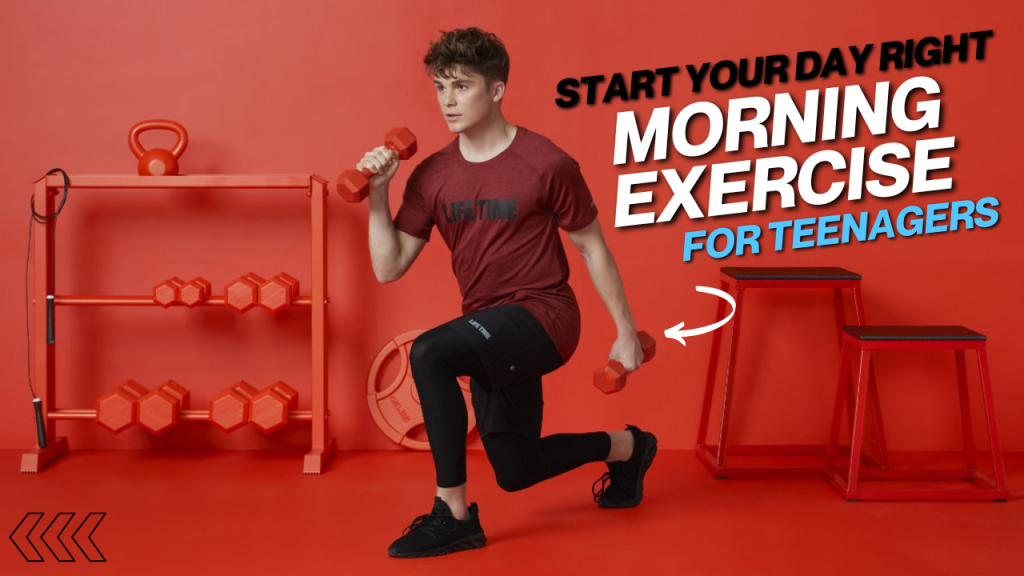
What Happens After 30 Days of Morning Exercise for Teenagers?
| Benefit | Description |
|---|---|
| Increased Energy Levels | Teens feel more awake and alert throughout the school day. |
| Better Focus in Class | Improved concentration and cognitive clarity during lessons and tests. |
| Improved Mood | Reduced anxiety, boosted confidence, and a more positive outlook. |
| Stronger Body | Noticeable improvement in stamina, posture, and muscle tone. |
| Healthier Sleep Patterns | Falling asleep faster and enjoying deeper, more restful sleep. |
| Enhanced Discipline | Builds self-motivation and consistency by sticking to a daily routine. |
| Higher Self-Esteem | Positive body image and mental resilience start to develop. |
| Academic Performance | Better memory and mental agility lead to noticeable academic improvements. |
| Better Social Interactions | Confidence and reduced stress lead to more balanced, positive relationships. |
Why Morning Exercise Matters for Teenagers
Teenagers go through major physical, mental, and emotional shifts. This is a time of self-discovery, academic pressure, social challenges, and often, digital overload. Morning exercise is one of the most effective (and underrated) ways to support teens holistically.
Here’s how a simple morning workout can revolutionize a teen’s day:
- Enhances focus and memory: Exercise increases blood flow to the brain, improving alertness and short-term memory—crucial for school performance.
- Boosts confidence: Physical activity helps release endorphins (feel-good hormones) and reduces cortisol (stress hormone), creating a more positive self-image.
- Supports mental health: Studies link regular morning movement to lower rates of anxiety and depression in teens.
- Improves posture and body language: Especially in teens who spend hours sitting in class or using screens.
- Regulates sleep: A consistent morning routine helps balance circadian rhythms, promoting deeper, more restorative sleep.
Common Myths About Teen Exercise—Busted!
Myth 1: Teens don’t need exercise unless they’re overweight.
Fact: Exercise isn’t just about weight. It’s about building strong muscles, bones, and a healthy brain. Every teen benefits, regardless of size.
Myth 2: Morning workouts make teens more tired.
Fact: Morning movement energizes the body. After the initial push, most teens report feeling more awake and clear-headed all day.
Myth 3: You need an hour at the gym to see results.
Fact: Just 15–20 minutes of bodyweight workouts, yoga, or walking can make a big difference.
The Science Behind the Confidence Boost
Exercise impacts the prefrontal cortex, the part of the brain responsible for decision-making and social behavior. This means teens who exercise are not only more focused in class but may also handle peer pressure and social challenges better.
Interesting Fact: According to a study published in Pediatrics, teens who engage in daily physical activity score higher in self-esteem and social functioning than those who don’t.
Best Types of Morning Exercises for Teenagers
Here are five simple, effective routines teens can do in the morning—no equipment needed:
1. Bodyweight Circuit (10–15 minutes)

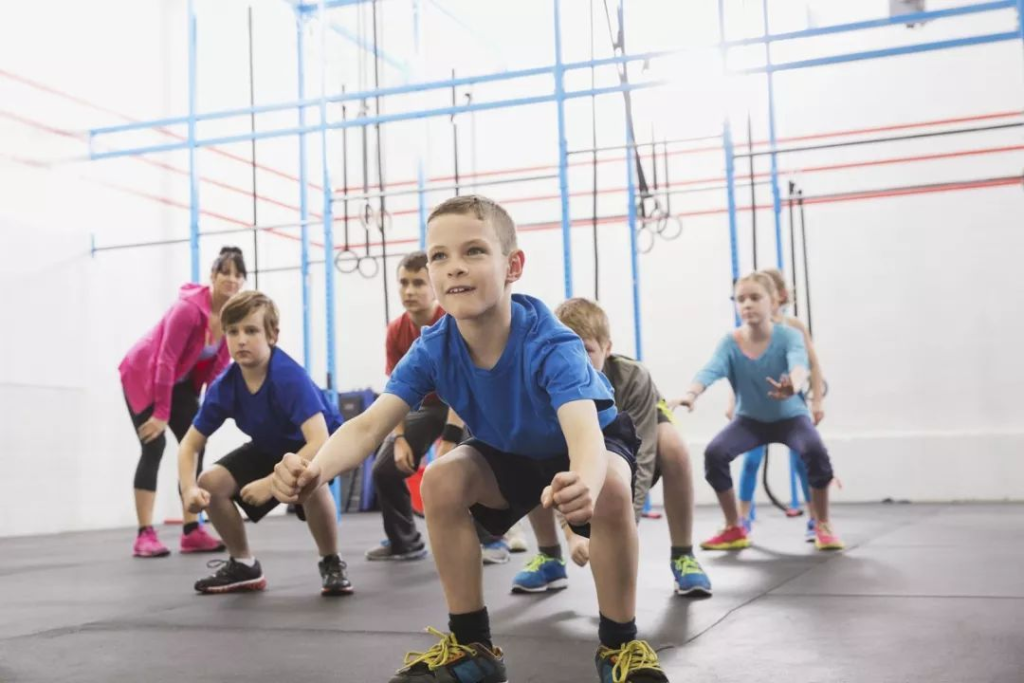


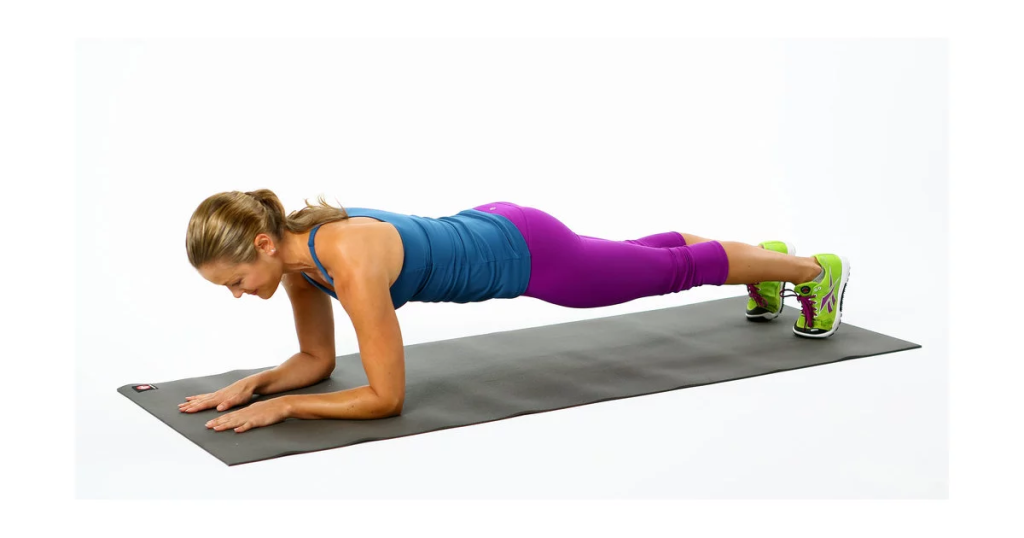
2. Yoga Flow (10 minutes)
Perfect for flexibility and mental calm.
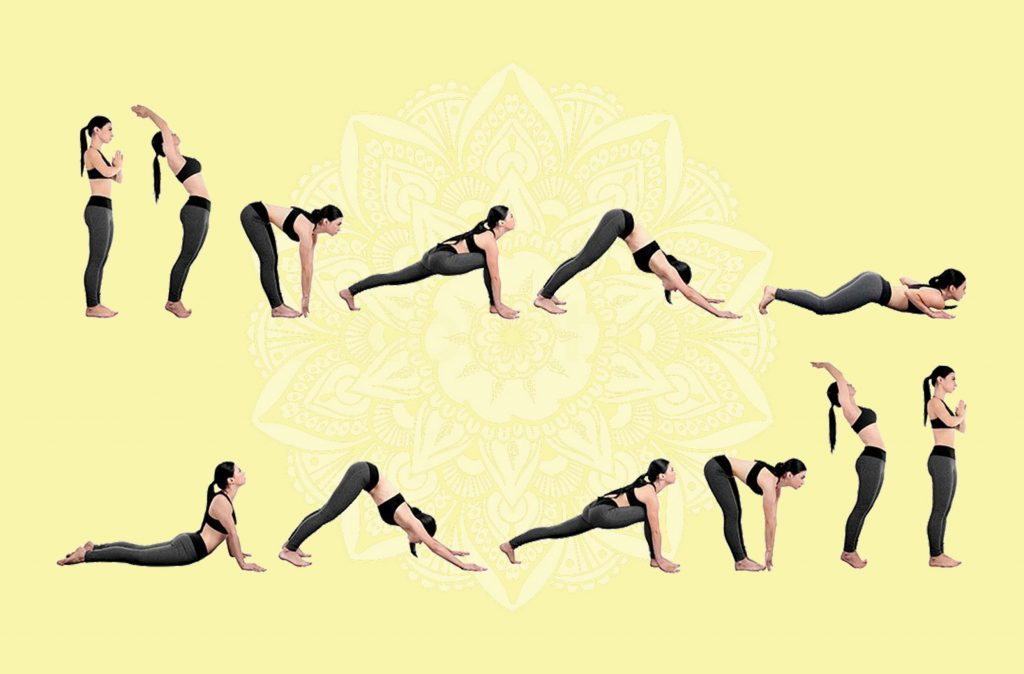


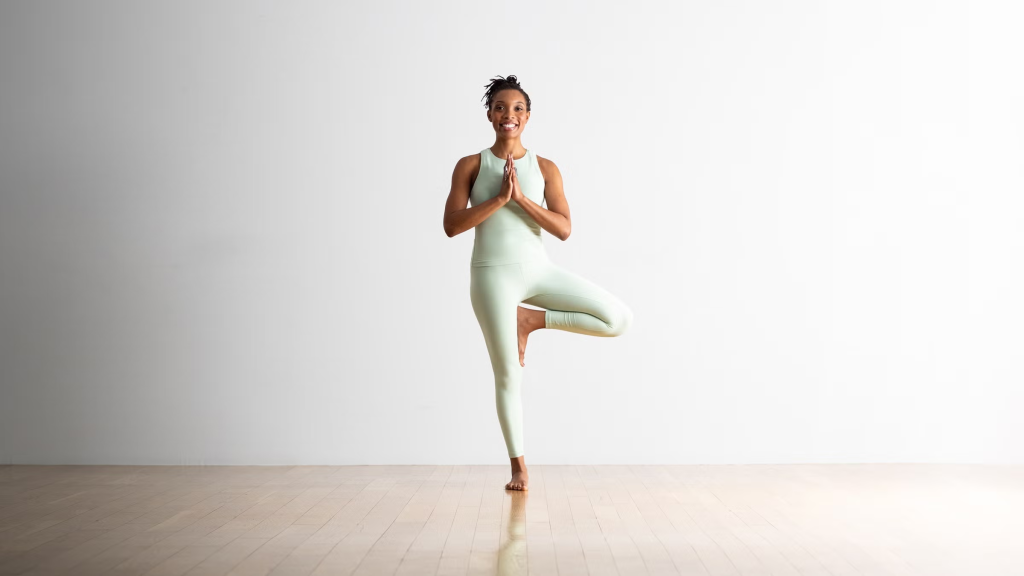
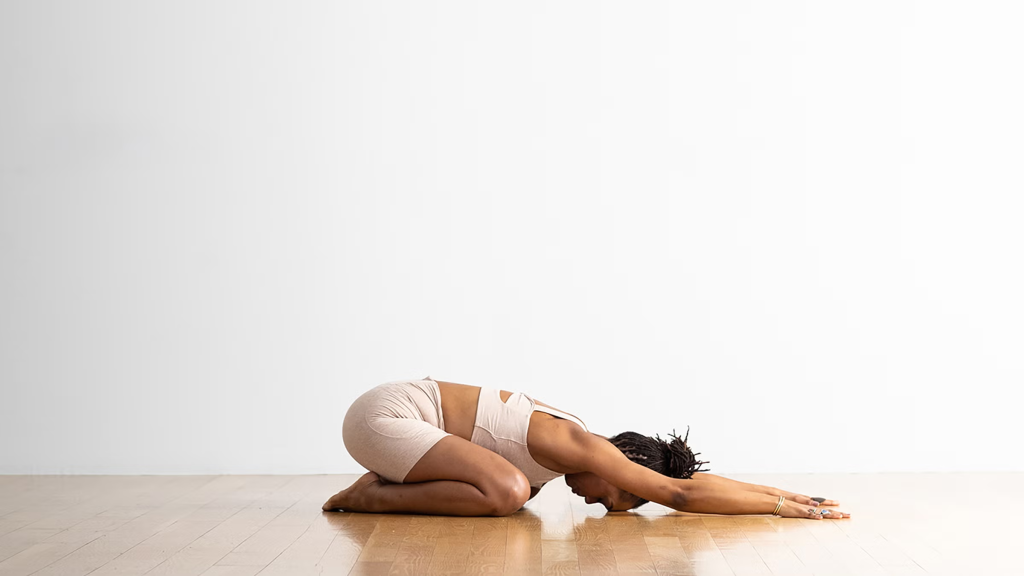
Finish with 1 minute of deep breathing.
3. Stretch & Breathe (5–10 minutes)
Great for sleepy mornings.





4. Quick Cardio Boost (5–10 minutes)
Ideal for instant energy.
- 1-minute jog in place
- 30-second jumping jacks
- 30-second burpees
- 1-minute rest
Repeat as desired.
5. Dance Break (10 minutes)
Put on your favorite playlist and freestyle. It’s fun, expressive, and effective.
Making It Stick: How to Build a Habit
- Start small: Even 5 minutes a day is better than nothing.
- Pick a consistent time: Right after waking up or before breakfast.
- Keep it visible: Lay out your workout clothes the night before.
- Use habit stacking: Pair it with brushing teeth or making your bed.
- Track progress: Use a journal or app to log workouts and mood changes.
Real-Life Teen Testimonials
“I used to be really anxious before school. Ever since I started doing 10 minutes of stretching and planks in the morning, I feel way more in control.” — Lena, 16
“I never thought I’d be a ‘morning person,’ but my short jogs before school wake me up better than coffee.” — David, 17
Final Thoughts: More Than Just Movement
Morning exercise isn’t just a fitness choice for teenagers—it’s a lifestyle investment. It teaches discipline, improves mental resilience, and builds confidence one rep at a time. Whether it’s yoga on a bedroom mat or jumping jacks in pajamas, the important part is to start moving.
Start small, stay consistent, and watch your confidence grow with every sunrise.
Frequently Asked Questions (FAQs)
How much morning exercise do teenagers need?
Teenagers don’t need long sessions to see benefits. Just 15 to 30 minutes of moderate movement in the morning can improve focus, mood, and energy levels throughout the day.
What is the best time in the morning for teens to exercise?
Ideally, within 30–60 minutes of waking up is best. This allows the body to gently transition from sleep to activity while still maximizing brain-boosting benefits before school.
Can morning exercise help with school performance?
Yes! Studies have shown that morning exercise enhances concentration, memory, and cognitive flexibility, which are all essential for academic success.
What if a teen doesn’t like traditional workouts?
No problem! Teens can try dancing, yoga, martial arts, or even a brisk walk with music. The key is consistent movement—not the method.
Is it safe for teenagers to exercise every morning?
Yes, as long as it’s age-appropriate, balanced, and not excessive. Gentle bodyweight workouts, stretching, or light cardio are safe daily activities for most teens
Can morning exercise help with anxiety or depression in teens?
Absolutely. Morning exercise helps release endorphins and lowers cortisol, which can reduce stress, ease anxiety, and lift mood—a natural mental health booster.
Should teens eat before or after morning exercise?
It depends on the workout intensity. For light activity, teens can exercise on an empty stomach. For more intense sessions, a small snack (like a banana or smoothie) before, followed by a balanced breakfast after, works best.
What if a teenager is not a morning person?
Start small. Even 5 minutes of stretching can create a morning habit. Over time, this can reset their internal clock and make mornings easier.
How can parents encourage teens to exercise in the morning?
Parents can lead by example, make it fun (like joining in or playing music), and focus on benefits beyond looks, such as improved mood, energy, and school performance.





